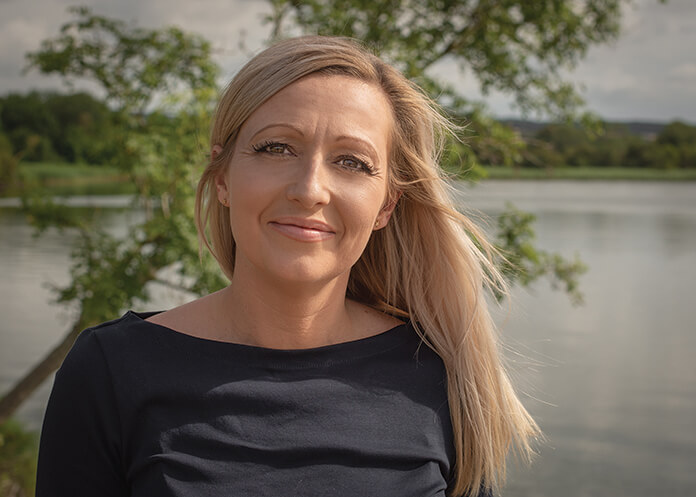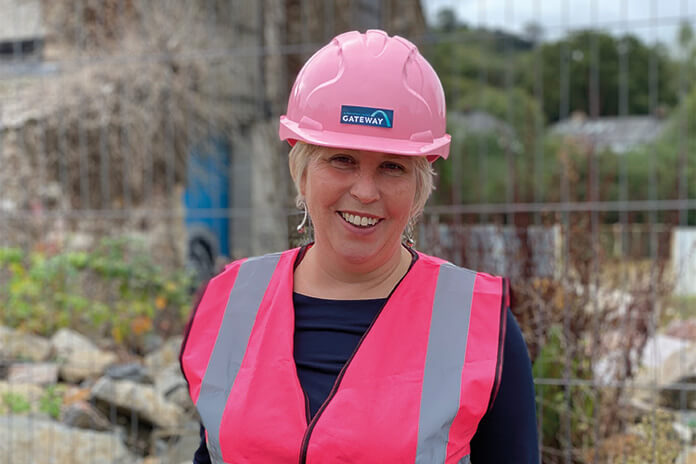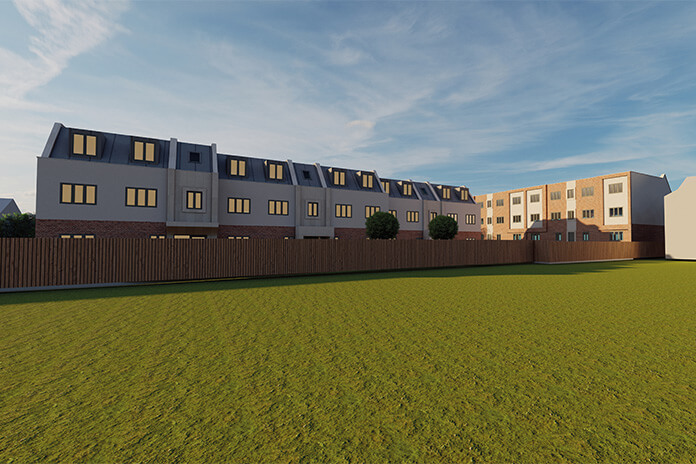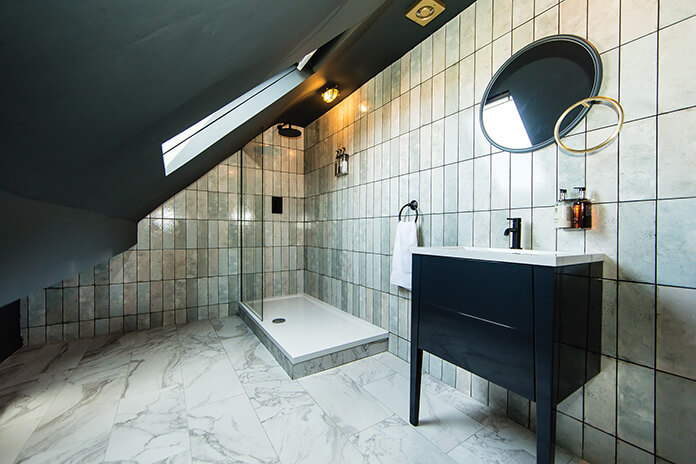Legionella: What Landlords Need to Know
Market Pulse Round Up November/December 2021
Rental prices soar in rural locations
Rental prices have risen by 11% between the start of the pandemic and October 2021, a new rental index report by Rightmove has found. This brings the average cost of a rental in the UK to £1,041 per calendar month – compared to £940 in February 2020. In rural areas, which have become increasingly sought-after in light of the pandemic by tenants seeking additional space, the cost has risen by £123. Conversely, in urban areas rents have risen by an additional £25 per month.
Urban rentals set to increase next year
Analysts believe that with more people returning to work – at least in a hybrid fashion – that urban rental demand will start to see an increase. But they say this isn’t going to happen overnight and, in fact, there may not be any major changes until next year.
A new report by Savills says they’re already noticed an upturn in city-centre living, with Manchester and Birmingham, in particular, witnessing an increase in those commuting not far behind pre-pandemic levels. London, however, remains slow to change, with just 66% of travel returning (compared to figures in the high 80s and 90s for the other two cities).
A spokesman said, “the office isn’t going to go away – residents will still value additional space, but it is likely that they will also desire to be within reasonable commuting distance of city centres for the days they choose to work there.”
House prices up 8% over year in the “race for space”
September saw house prices registering the strongest monthly rise for 14 years, pushing the average cost of a home to a record high and reversing a three-month decline in annual growth. Across the year as a whole, the Office for National Statistics says values have risen by 8%.
Halifax, one of the country’s biggest mortgage lenders, said in September the average cost of a home rose by 1.7%, or £4,425, to £267,587. The previous peak was £263,162 recorded in August. Prices are up by more than £18,000 since last September and close to £28,000 higher than last June when the housing market reopened after the first Covid lockdown.
Russell Galley, the managing director of Halifax, feels a number of factors are affecting house prices. “The ‘race for space’ as people changed their preferences and lifestyle choices undoubtedly had a major impact,” said Galley. “Looking at price changes over the past year, prices for flats are up just 6.1%, compared with 8.9% for semi-detached properties and 8.8% for detached homes.”
Regional variations continue
Wales continues to experience the strongest house price inflation of any UK nation or region, climbing 11.5% in September to an average of £194,286. Scotland remains ahead of the national average at 8.3%, with an average house price of £188,525, while the market in Northern Ireland rose 9.3% to £166,299. The southwest remains the hotspot in England, reporting 9.7% growth in September to an average of £276,226, as the trend towards more rural living in a more flexible and remote working environment continues.
Greater London remains the nation’s growth laggard with house prices rising just 1%, albeit with the highest average price in the UK at £510,515. “The strength of price rises in Scotland and Wales is understandable given changing buyer priorities,” said John Eastgate, the managing director of property finance at Shawbrook Bank. “However, the lure of big cities, notably London, will inevitably return, and they may represent good value right now for both homeowners and investors.”
Meanwhile, homeowners in the capital are still finding that it’s taking longer to sell their properties than in other parts of the country with sellers waiting almost three months (58 days) to find a buyer compared with an average of 33 days in the southwest of England. In London homes are taking ten days longer to sell than the same period last year. However, director of estate agents Benham and Reeves, Marc von Grundherr, said that whilst London had so far been fairly “muted”, a return to the workplace and foreign buyers coming back will provide the capital with a boost. “Don’t be surprised to see London regain the property price growth top spot before the year is out.”
House prices to remain high as demand outstrips supply
A drop in the number of homes being put up for sale looks set to keep driving up prices, according to the latest Royal Institution of Chartered Surveyors (RICS) survey. The UK property market appears to be strong on the surface but Tom Bill, head of UK residential research at Knight Frank, believes that “there is an underlying weakness that needs to be resolved.”
He continued: “The imbalance between supply and demand is unsustainable and in many cases arises because prospective sellers are unable to find anywhere to buy themselves, creating a vicious circle of low supply. In some cases, they cannot even find properties to rent as a short-term option.
“There were 13 new buyers for every property listed in the UK in September. Over the last five years, the only time demand has exceeded supply to a greater extent was in January 2020, the first month of the short-lived Boris bounce.
“The imbalance is keeping upwards pressure on prices but, like many other parts of the economy, needs to resolve itself over the next six months to ensure greater stability in the UK housing market in 2022.”
Age of first-time buyers increases
Not surprisingly, this ever-increasing rise in property prices will be matched with a corresponding rise in the age of first-time buyers, says the study. At the moment the average age across the UK is 33 and in London it’s 35. In ten years, the study predicts the average age will be 34 and 37 respectively. Compare those figures to 2006, when the average age in the UK for first-time buyers was 30 and 32 in the capital.
“House prices continue to cause affordability headaches for the majority of hopeful first-time buyers,” said Nigel Purves, the chief executive of Wayhome. “Millions will be priced out of desired areas and forced into renting for far longer than they initially planned.”
The Staycation Boom
The hottest property investment strategy for 2022
From a commercial perspective, Covid-19 has had devastating effects on many industries in the UK, such as hospitality and travel, which have been severely impacted by the various restrictions. However, there have also been some industries that have massively profited from the pandemic.
Aside from the obvious uplift in PPE and pharmaceutical company revenues, tech companies offering remote working software such as Zoom and online retailers such as Amazon have enjoyed big profits.
Meanwhile, the property industry has been on a strange journey that not even the top experts could have predicted. The initial anticipation for a house price crash never materialised, with the introduction of stamp duty holidays contributing to an 8% year-on-year house price increase. Some buyers were able to save up to £15,000 in stamp duty, ensuring that the property market has stayed strong throughout the pandemic.
How property investment has been affected by Covid-19
The pandemic has resulted in a variety of outcomes for different types of property investors. The tenant eviction ban resulted in many buy-to-let landlords losing rental income, whilst growing house prices have also made it more difficult to make profits from buying property to let it out. On the flipside, the stamp duty holiday gave buyers a big window of opportunity to add new properties to their portfolios whilst avoiding paying the usual tax.
Holiday lets have become very lucrative investments
With foreign travel restrictions and health concerns over going abroad, the majority of British holidaymakers have been taking breaks in the UK, rather than missing out on their holidays altogether. Areas such as the Lake District and Cornwall have seen a huge uplift in bookings and searches for accommodation throughout 2021, with some holiday rental companies experiencing more than a 40% increase in summer 2021 bookings.
Domestic holiday experts are predicting that this demand for UK staycations is set to last, at least for the next four to five years, which opens up lucrative investment opportunities in holiday property rentals. As well as taking more bookings, many holiday accommodation owners and companies have increased their prices to maximise the opportunity they now have on their hands.
Choosing the best holiday accommodation for letting
For people who are interested in cashing in on the UK staycation trend, there are plenty of lucrative opportunities. Which one is best for you will depend on a number of factors including how much capital you have, how soon you want to see the returns and how long you want to be tied to the investment. Another important consideration is how much effort there will be on your part, as some investments allow you to invest and take a back seat, whilst others will require a lot more time and input.
Companies such as Advantage Investment offer high return on holiday let investments. Luxury lodge resorts are particularly profitable, requiring minimal effort and offering a clear exit plan after five years with 50% guaranteed ROI. You can find out more about their luxury lodge investments on their website [w]
advantageinvestment.co.uk/property/landal-barnsoul












